
- 0 commenti
- scritto da Soma Higarashi
All Versions of Godzilla: The Complete Godzilla Movie Universe
- 0 commenti
- scritto da Soma Higarashi
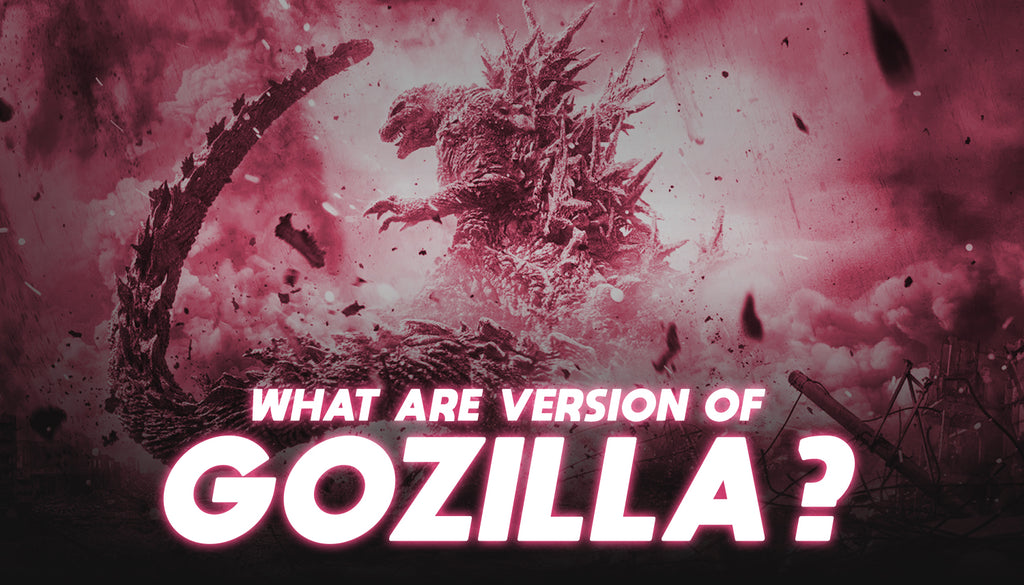
For over 60 years, Godzilla has been a towering titan and king of the monsters, captivating audiences worldwide. His atomic breath and iconic roar have made him a cultural phenomenon, inspiring numerous films, TV shows, and merchandise.
But just how many versions of Godzilla are there? This guide covers all versions of Godzilla, exploring his origins, motivations, and the diverse characters he's encountered. We'll dive into a chronological list of Godzilla movies to see what are all the Godzilla movies in order.
This is the era that laid the foundation for Godzilla, establishing its core themes and iconic imagery. This period witnessed 15 films, each offering a unique perspective on the atomic leviathan.
Godzilla (1954)
The inaugural film introduced Godzilla as a terrifying consequence of nuclear weapons. It explored themes of war, environmental destruction, and the anxieties of the post-war period. The film's iconic scene of Godzilla razing Tokyo cemented his image as a destructive force.

Add SH Monsterarts Shin Godzilla Night Combat to your collection now!
Godzilla Raids Again (1955)
This sequel presented a more proactive approach to dealing with Godzilla, showcasing humanity's early attempts to combat the giant creature.

King Kong vs. Godzilla (1962)
This crossover film pitted Godzilla against another legendary film monster, King Kong. It showcased epic monster brawls and hinted at a more playful direction for the franchise.
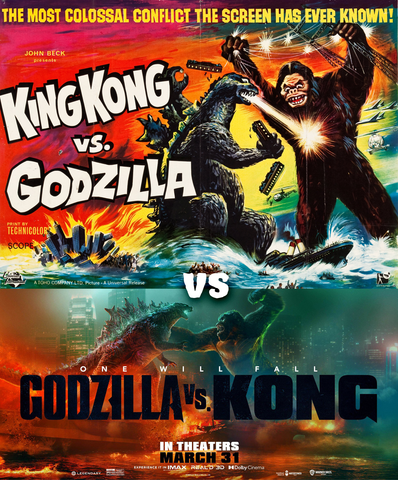
Mothra vs. Godzilla (1964)
This film introduced Mothra, a benevolent giant moth who initially challenged Godzilla but ultimately became his ally.
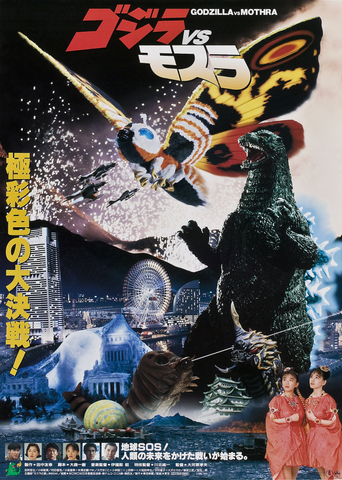
Buy Godzilla Vs Mothra Battra Adult/larva Special Color Ver Figure now and become Godzilla's loyal ally.
Ghidorah, the Three-Headed Monster (1964)
This film marked the first time Godzilla teamed up with other monsters to defeat the extraterrestrial threat of Ghidorah, a three-headed dragon.

Through all versions of Godzilla, Godzilla started transitioning from a purely destructive force to a complex character, sometimes acting as a protector against even greater evils. This shift laid the groundwork for the franchise's continued evolution and enduring popularity.
This era marked a significant reboot for the franchise, introducing a darker, more mature tone and a renewed focus on environmental themes. This era's seven films featured a sleeker, more reptilian Godzilla and explored the consequences of humanity's actions on a larger scale.The Return of Godzilla (1984): This film reintroduced Godzilla as a silent force of nature, highlighting the destructive power of nuclear weapons and the difficulty of containing him.
Godzilla vs. Biollante (1989)
This film delved into the horrors of genetic engineering, showcasing a monstrous fusion of Godzilla cells and plant life.

Godzilla vs. King Ghidorah (1991)
This reimagining of the classic villain featured time travel, alien invasions, and a more menacing portrayal of Ghidorah.

Shop Chibi-Maru Godzilla 04 King Ghidorah Japanese Non-Scale Figures now to own one of Godzilla's most powerful enemies
Godzilla vs. Mothra (1992)
This film revitalized the Mothra character, depicting her as a guardian of Earth who initially opposed but ultimately aided Godzilla against a common enemy.

Godzilla vs. Mechagodzilla II (1993)
This film explored humanity's hubris in attempting to control nature through the creation of Mechagodzilla, highlighting the dangers of unchecked ambition.

All versions of Godzilla in the Heisei era films garnered critical acclaim for their darker themes, complex narratives, and special effects, achieving significant commercial success and solidifying Godzilla's status as a global pop culture icon.
The Millennium era marked a period of experimentation in the Godzilla franchise, showcasing diverse interpretations of the iconic kaiju. This era consisted of five films, each offering a unique style and perspective on Godzilla.
Godzilla 2000
Millennium (1999): Reintroduced Godzilla after a hiatus, featuring a sleeker design and a more ambiguous portrayal. The film left viewers to question his motives, sparking debate about his role as a protector or destroyer.

Godzilla vs. Megaguirus (2000)
Introduced Megaguirus, a giant dragonfly-like monster, and explored themes of human arrogance and the consequences of genetic manipulation. This film adopted a faster pace and incorporated elements of horror.

Godzilla, Mothra, and King Ghidorah: Giant Monsters All-Out Attack (2001)
Presented a lighter tone compared to previous entries. It featured a more traditional Godzilla teaming up with Mothra and King Ghidorah to defeat a common enemy, showcasing classic monster action with a humorous touch.

Godzilla Against Mechagodzilla (2002)
Presented a more traditional portrayal of Godzilla facing a new, technologically advanced Mechagodzilla. This film emphasized large-scale monster brawls and appealed to fans of the Showa era's action-oriented style.

Godzilla: Tokyo S.O.S. (2003)
Showcased a Godzilla with regenerative abilities, battling against a swarm of smaller kaiju and facing the ethical dilemmas of using military force against him. This film adopted a more serious tone and explored the complexities of human-Godzilla interaction.
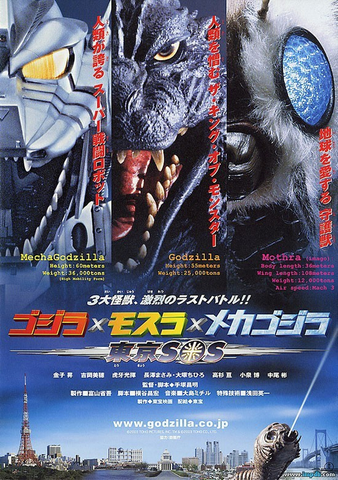
The Millennium era also saw the return of some fan-favorite Showa era monsters like Mothra and King Ghidorah, while introducing new ones like Megaguirus and the Kiryu, the latest iteration of Mechagodzilla.
Despite the variety and unique approaches, all versions of Godzilla of the Millennium-era films received mixed critical reception. While some praised their experimentation and focus on monster action, others criticized their uneven pacing, inconsistent portrayals of Godzilla, and occasional reliance on special effects over narrative depth. Nevertheless, these films continued to expand the Godzilla universe and introduce new generations to the king of the monsters.
All versions of Godzilla of this era began with a standalone film in 1998 and evolved into the ongoing MonsterVerse established in 2014.
1998's Godzilla
This film marked a significant departure from the traditional portrayal. It featured a completely different creature, a mutated iguana rather than the atomic dinosaur, and received mixed to negative reception from fans and critics alike. Many felt it lacked the heart and thematic depth of Japanese films, focusing more on action and CGI visuals.

Godzilla (2014)
Introduced a more grounded and realistic interpretation of Godzilla, emphasizing his immense power and role as a guardian of Earth.

Godzilla: King of the Monsters (2019)
Expanded the MonsterVerse by introducing numerous classic Toho kaiju like Mothra, Rodan, and Ghidorah, while also exploring the mythology and origins of these Titans.

Buy Monster King Series Godzilla 2019 now to become master of this ancient Titan monster.
Godzilla vs. Kong (2021)
Pitted Godzilla against another iconic giant monster, King Kong, exploring their rivalry and the complexities of their roles in the natural world.
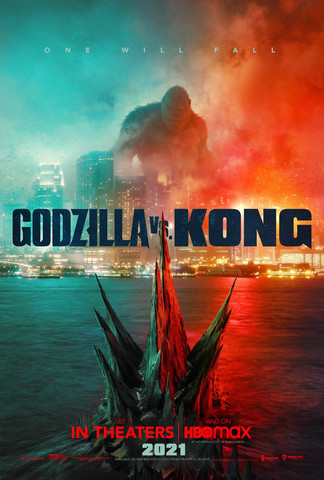
Godzilla x Kong: The New Empire (2024)
Godzilla and Kong are back on the big screen in "Godzilla x Kong: The New Empire," the sequel to the 2021 blockbuster. This epic action sci-fi film sees the titans team up against a new, hidden threat that could wipe out both them and humanity. Directed by Adam Wingard, the movie delves deeper into the history of these Titans and the legendary battle that first bound them to our fate.

All Godzilla versions of the MonsterVerse films have received generally positive reviews, praised for their visual spectacle, engaging human stories, and faithful portrayal of Godzilla. They also lay the groundwork for a larger cinematic universe with the potential to explore other Toho kaiju and further develop the established narratives. While distinct from Japanese films, the American era continues to add new chapters to the ever-evolving legacy of Godzilla.
All the Godzilla movies in order, spanning over six decades and multiple eras, is a testament to his enduring legacy as a pop culture icon. From the atomic anxieties of the Showa era to the environmental messages of the Heisei era and MonsterVerse's epic clashes, Godzilla has continuously evolved, reflecting the changing concerns and captivating audiences across generations.
Don't forget to follow Japan Figure for more updates on the latest trends and exclusive deals.
Share:
An Exclusive Look at the Most Expensive Gundam Collection
Detective Pikachu Returns Review: Explanation and Analysis